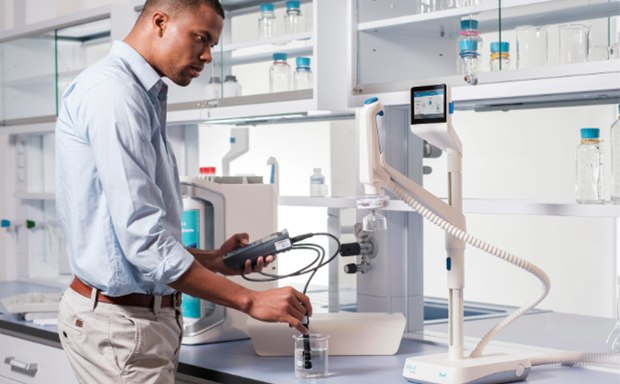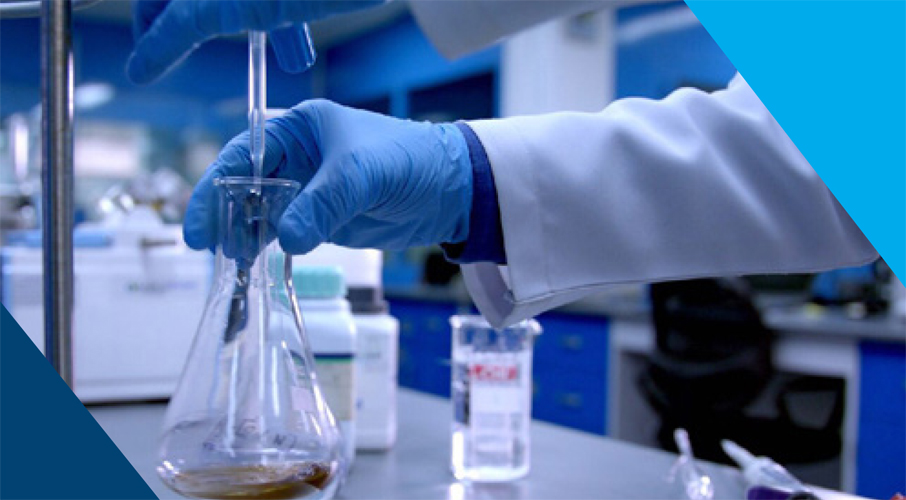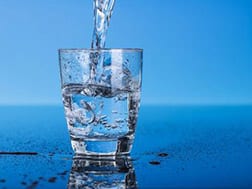Specialist Water Testing Services Orlando: Secure Your Water High Quality
Specialist Water Testing Services Orlando: Secure Your Water High Quality
Blog Article
Discover What Is Included in Water Examining and How It Guarantees Safe Alcohol Consumption Water
Understanding the details of water screening is essential in making certain the top quality and safety of our alcohol consumption water. With a precise exam of physical, chemical, and microbiological facets, water testing recognizes possible contaminants that might pose health risks. From the presence of hefty steels to harmful microbes, each test component plays an important function in keeping the honesty of our supply of water. Advanced techniques like chromatography and spectrometry boost the accuracy of these evaluations. Yet, just how do these processes convert right into the governing frameworks that ensure safety in our day-to-day intake?
Key Parts of Water Screening
Water testing is an important process that involves several key elements to make sure the safety and high quality of alcohol consumption water. Furthermore, making certain the pH balance of water is necessary, as it influences the water's corrosiveness and the efficacy of sanitation processes.
One more considerable element involves microbiological analysis, where water examples are taken a look at for the existence of bacteria such as bacteria, infections, and protozoa. If taken in, this evaluation is vital to determine biological threats that could position health and wellness risks. Chemical evaluations are carried out to find not natural and organic materials, such as heavy metals, nitrates, and chemicals, that might be present in the water supply.

Spotting Harmful Impurities
Identifying dangerous contaminants in drinking water is an essential aspect of safeguarding public wellness. Each type of impurity presents distinct health dangers, making their detection essential to guarantee the water taken in by the public is secure.
Water testing for contaminants is normally conducted by regulative companies and water energies, employing a mix of area tasting and research laboratory evaluation. These analyses are created to identify both normally occurring substances and anthropogenic pollutants that may have entered the water system through farming overflow, commercial discharge, or maturing framework. Regular surveillance is essential, as contamination degrees can rise and fall due to ecological adjustments, seasonal variations, or human activities.
The identification of dangerous pollutants educates essential activities, such as water therapy interventions or public advisories, to reduce dangers. Early detection is important to avoid damaging wellness effects, varying from gastrointestinal illnesses to lasting problems like cancer cells, thereby guaranteeing the proceeded safety and security of alcohol consumption water.

Chemical Evaluation Methods
In the world of making sure risk-free alcohol consumption water, chemical evaluation techniques play an essential function in determining and evaluating impurities. These methods are necessary for spotting a broad range of chemical substances, including heavy steels, chemicals, and industrial contaminants, which can present considerable health threats.
Gas chromatography-mass spectrometry (GC-MS) is an additional crucial strategy, specifically for organic substances. It divides intricate mixes and determines semi-volatile and unstable organic substances, guaranteeing that toxins like benzene and toluene are within secure restrictions. High-performance liquid chromatography (HPLC) is in a similar way made use of for non-volatile compounds, including certain pesticides and drugs.
Ion chromatography is employed to determine concentrations of cations and anions, such as nitrates and sulfates, which are critical in evaluating water top quality. These chemical analysis techniques jointly ensure that alcohol consumption water continues to be safe by spotting discrepancies from developed purity standards, therefore safeguarding public health. Making certain accuracy and precision in these tests is critical to preserving the honesty of water safety and security evaluations.
Microbiological Checking Techniques
Precise microbiological screening is important for securing public health by making certain that drinking water is totally free from harmful virus. This procedure involves identifying and mentioning microbes such as microorganisms, infections, and protozoa that might pollute water supplies. Typical pathogens consist of Escherichia coli, Giardia, and Cryptosporidium, each presenting significant health risks.
Several approaches are utilized in microbiological screening to identify these threats. The membrane filtration strategy is regularly used, including water travelling through a filter that captures germs, which are explanation after that cultured to establish their presence and concentration. Conversely, the multiple-tube fermentation approach allows the quantification of coliform microorganisms utilizing a series of dilution and incubation actions.
Innovations in modern technology have actually presented molecular techniques such as polymerase domino effect (PCR), which permits the very specific and quick detection of virus by intensifying their genetic product. Enzyme-linked immunosorbent assays (ELISA) likewise provide an approach to find microorganisms by recognizing certain proteins or antigens.
These varied approaches are essential for comprehensive water top quality analysis, making sure that water therapy procedures work which circulation systems maintain safety. By employing these microbiological testing approaches, prospective wellness threats can be identified and minimized without delay.

Value for Public Health And Wellness
Guaranteeing the microbiological security of alcohol consumption water straight impacts public health by preventing the spread of waterborne diseases. Pathogens such as germs, viruses, and protozoa can result in health problems like cholera, dysentery, and gastrointestinal infections (Water Tesing Services Tampa). The execution of detailed water testing procedures is paramount in determining and reducing these risks, thus guarding neighborhoods from possible outbreaks
Normal water screening not just spots microbial contaminants yet likewise examines chemical and physical parameters that might influence health. Extreme degrees of nitrates or hefty metals such as lead can present significant wellness threats, especially to prone populations like babies and expectant females. By recognizing these dangers early, water testing makes it possible for prompt interventions, making sure the supply of water stays within why not try these out risk-free intake criteria.
Furthermore, water testing plays a critical function in keeping public confidence in community water systems. It offers transparency and liability, assuring the public that their health and wellness is a top priority. For plan makers and health officials, the information stemmed from water testing educates decisions on facilities investments and public health approaches, ensuring resources are directed where they are most needed. This way, water screening is important in advertising a much healthier, safer culture.
Verdict
Water screening functions as a crucial device for ensuring the safety and quality of alcohol consumption water with detailed evaluation of its physical, chemical, and microbiological residential properties. By finding dangerous pollutants, such as heavy steels and pesticides, and using advanced techniques like chromatography and spectrometry, water screening assists in the identification of possible health and wellness risks. The implementation of strenuous screening protocols is essential for preserving compliance with safety criteria, eventually safeguarding public health and reinforcing self-confidence in local water supply.

By identifying these dangers early, water screening enables timely treatments, making certain the water supply continues to be within risk-free usage criteria.
Water screening serves as a vital device for ensuring the security and high quality of drinking water through comprehensive assessment of its physical, chemical, and microbiological basics buildings.
Report this page